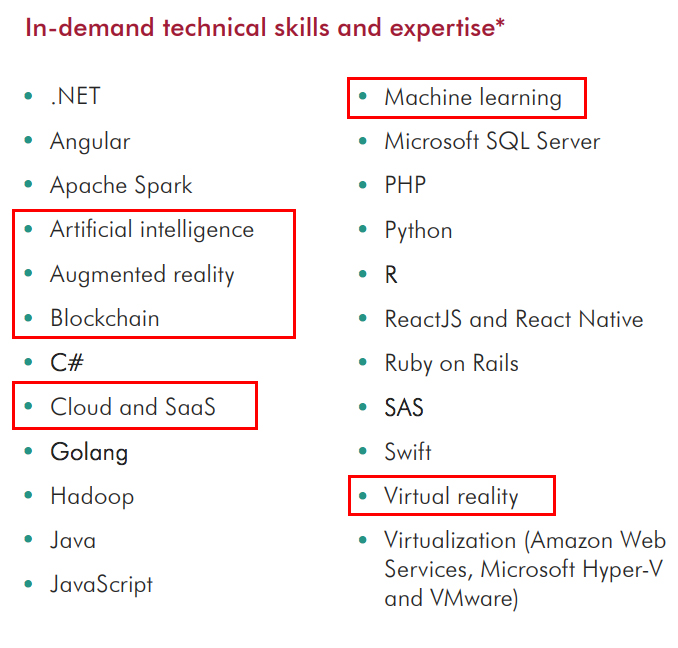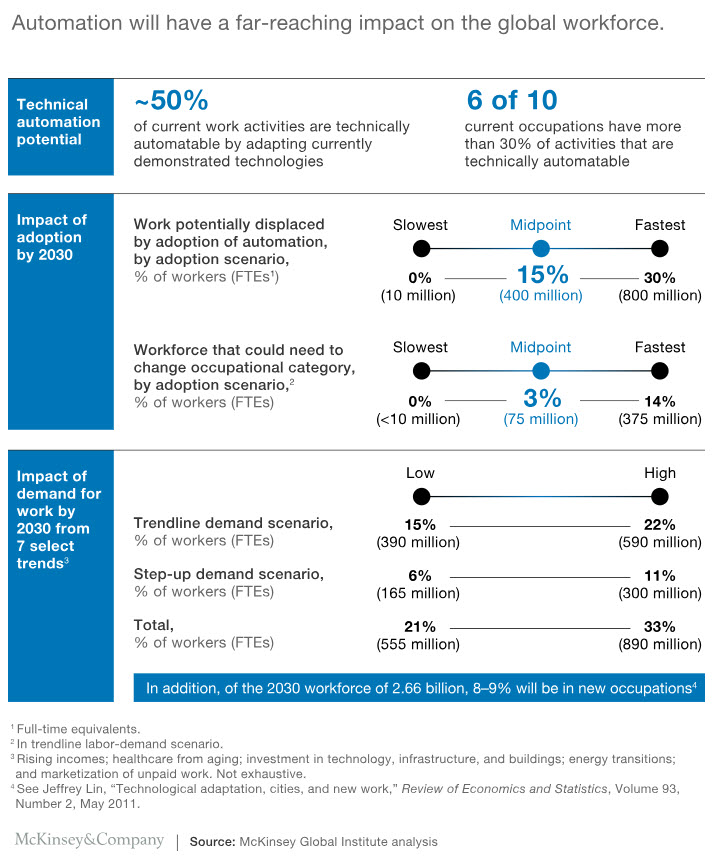From DSC:
Here’s a ~4 minute piece from CBS News re: student loan debt.
Here are two excerpts from that video:
From DSC to potential college students:
You need to know that the ramifications of this type of debt can last for decades! Do everything you possibly can to either not borrow anything or to minimize these types of loan amounts.
This is another reason why the United States desperately needs a ***next generation learning platform*** — one that’s convenient, very inexpensive, and one that can also help people quickly reinvent themselves! One that is highly social, features human Subject Matter Experts (SME’s), and is backed up by #AI – based apps/features as well.
Along these lines…no longer are we running sprints (i.e., get a 4-year degree and you’re done). We’re now all running marathons (i.e., we’re now into lifelong learning in order to stay relevant and employed).
Also, the following item was announced today:
- Cengage and McGraw-Hill to Merge, Providing Students with More Affordable Access to Superior Course Materials and Platforms — from businesswire.com
Excerpt:
NEW YORK & BOSTON–(BUSINESS WIRE)–McGraw-Hill and Cengage today announced that they have entered into a definitive agreement to combine in an all-stock merger on equal terms. The transaction, which has been unanimously approved by the Boards of Directors of both companies, will bring together two premier learning companies that will deliver significant benefits for students, educators, professionals and institutions worldwide.“The new company will offer a broad range of best-in-class content – delivered through digital platforms at an affordable price,” said Michael E. Hansen, CEO of Cengage. “Together, we will usher in an era in which all students can afford the quality learning materials needed to succeed – regardless of their socioeconomic status or the institution they attend. Additionally, the combined company will have robust financial strength to invest in next-generation products, technology and services that create superior experiences and value for millions of students.”
Also see:
From DSC:
Along these lines, I don’t think Cengage/McGraw-Hill will be the largest company on the Internet by 2030 as predicted by Thomas Frey (a prediction I think he’s right on with…by the way). They were on watch when the prices of learning-related materials soared through the years. As such, they’ve likely burned through a great deal of good will…but we’ll see. They might be able to persuade myself and others that they’re the platform of choice for the future. Time will tell I guess.












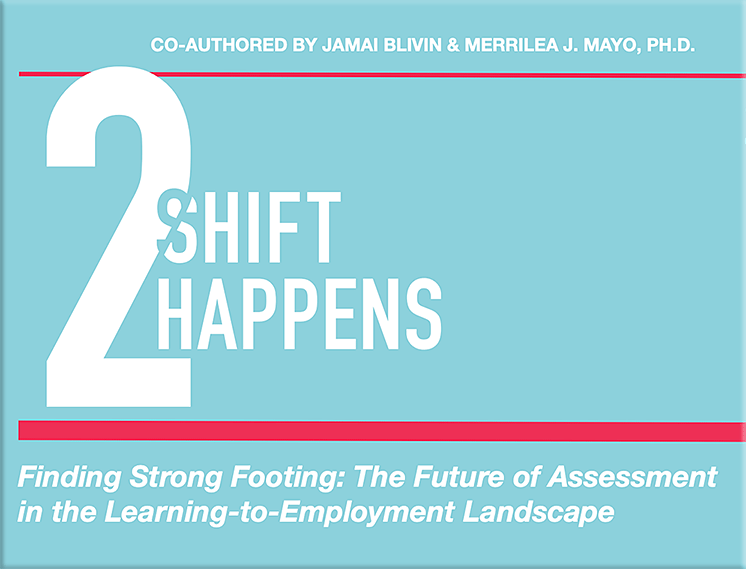
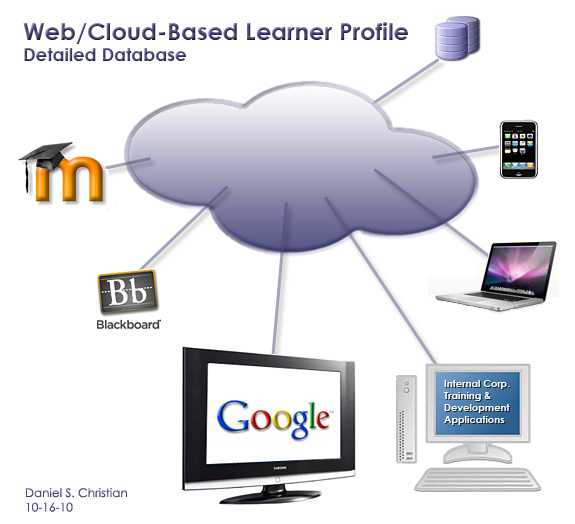

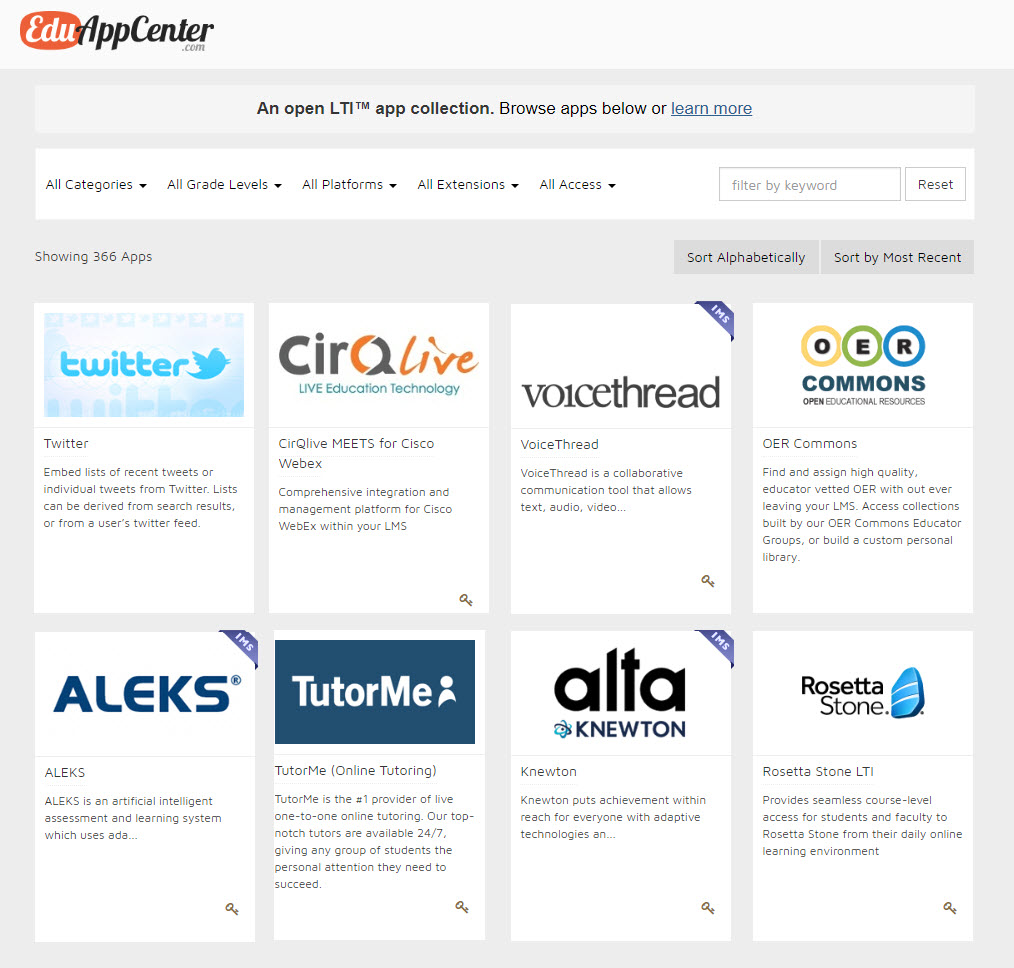
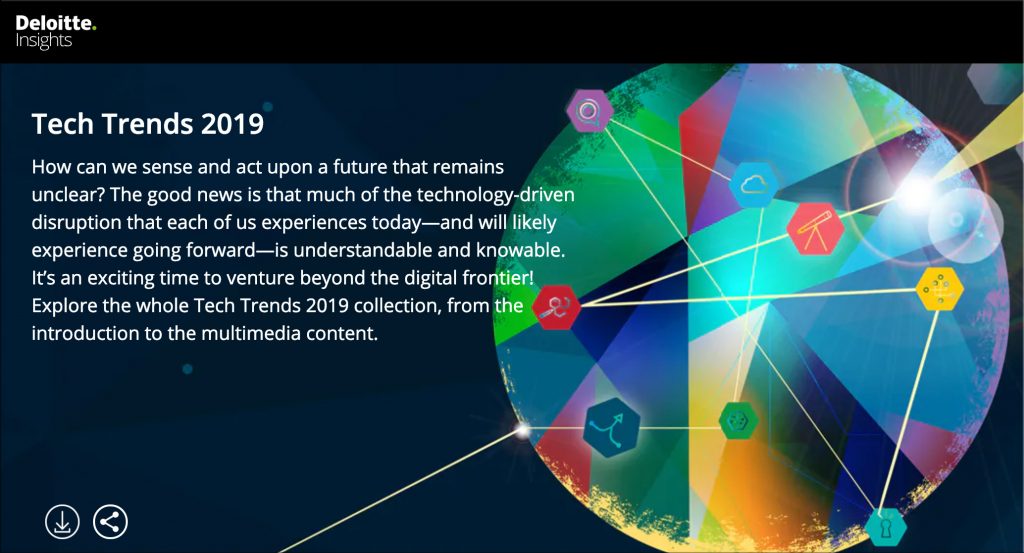
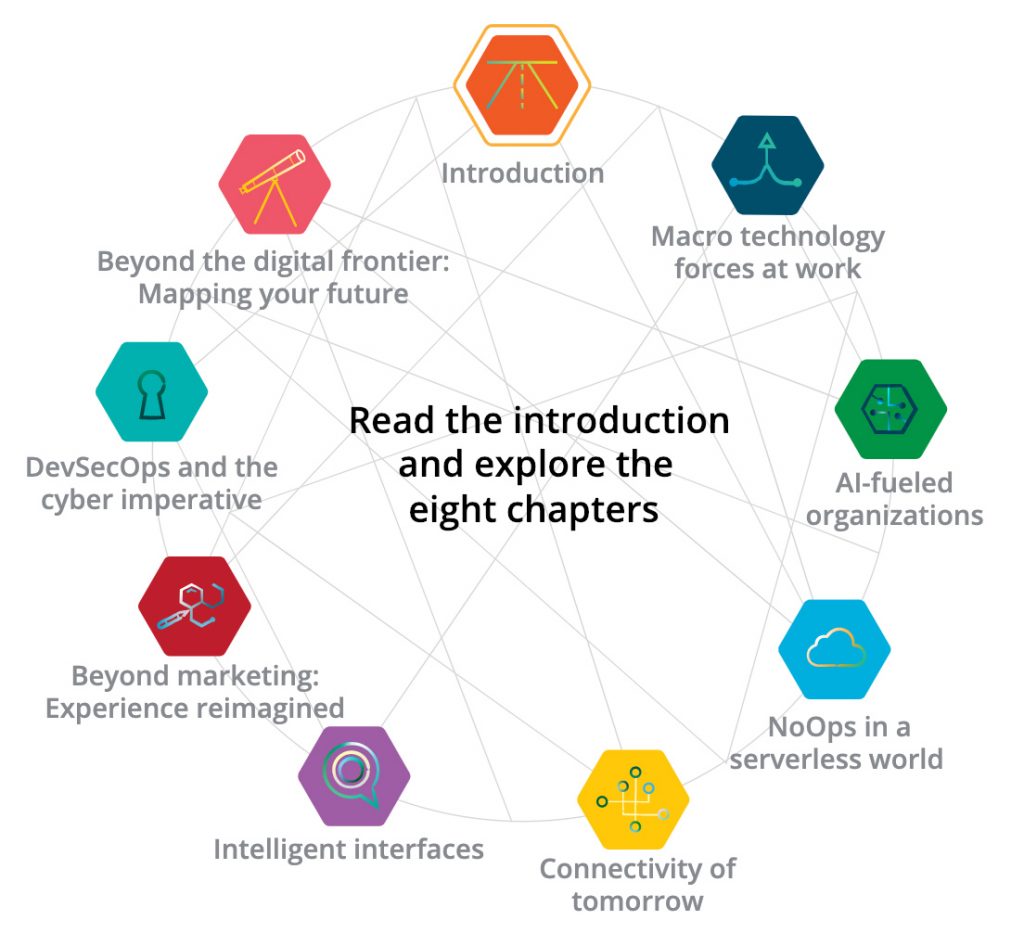
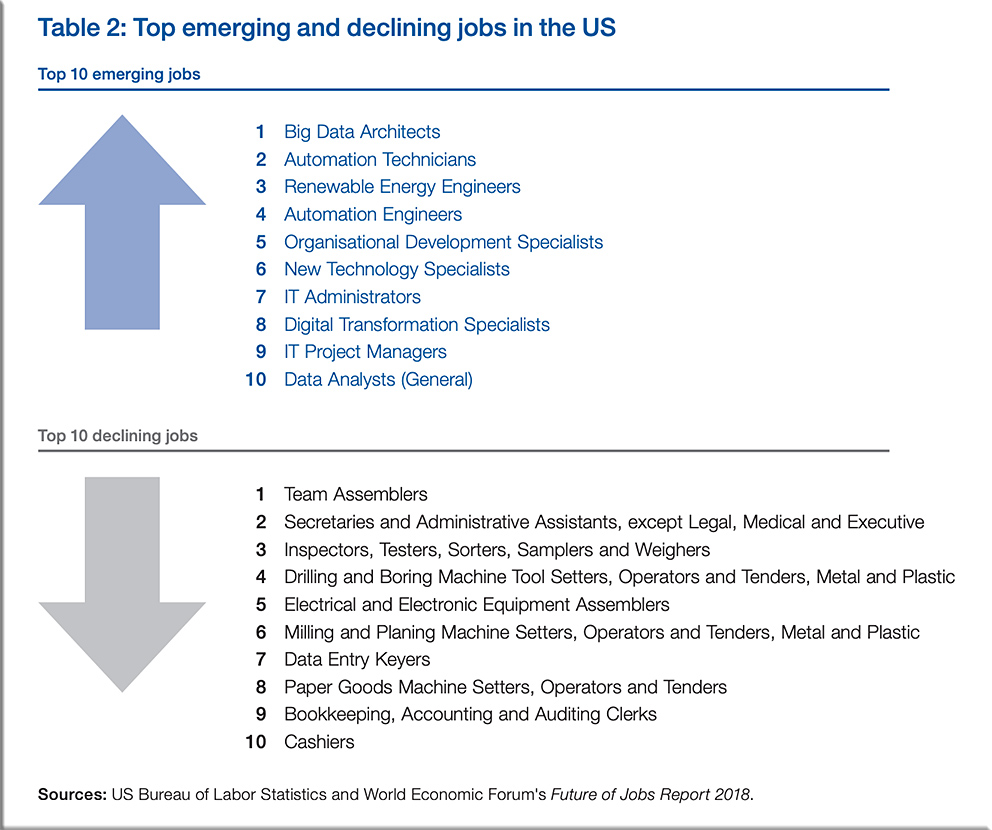
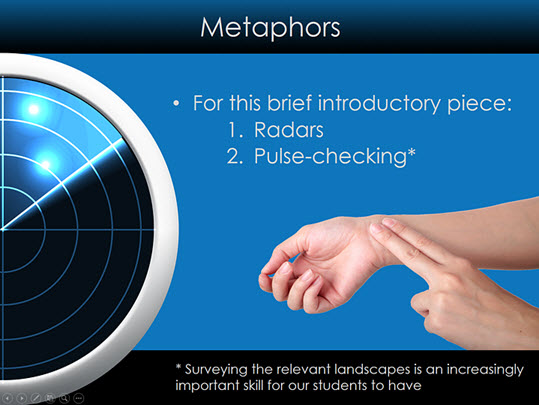

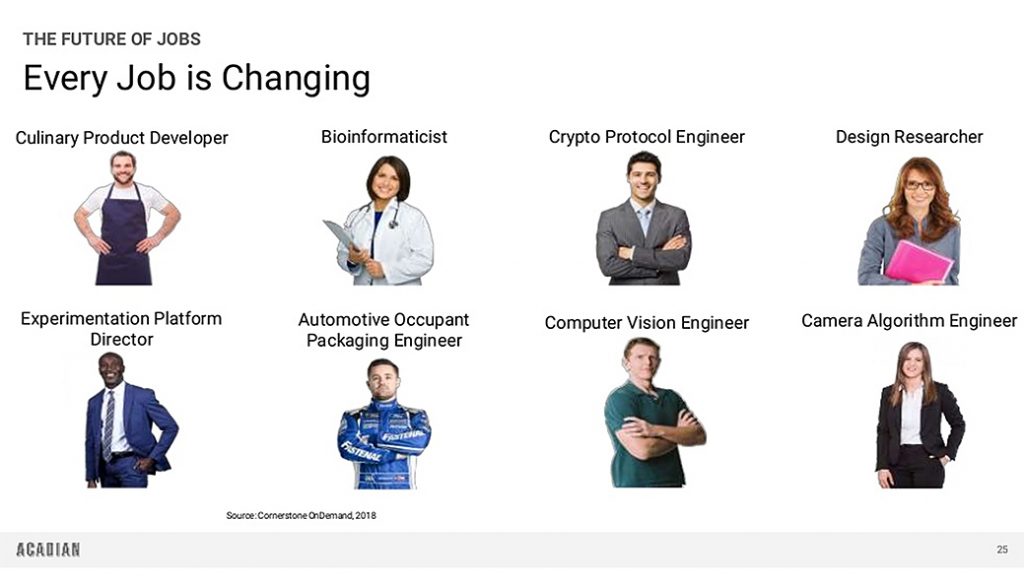

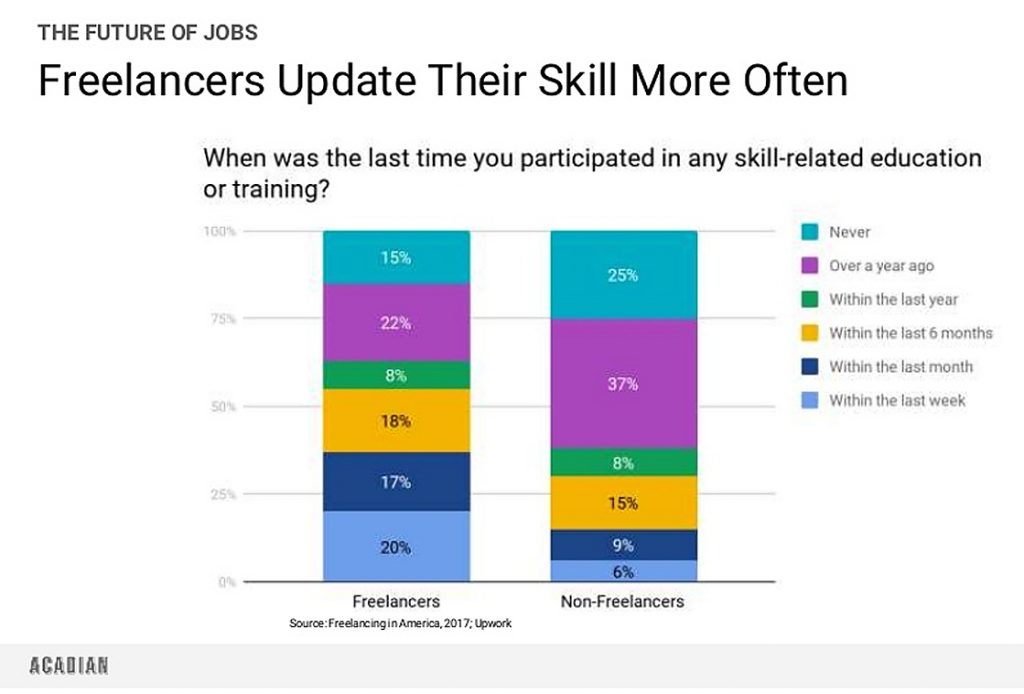
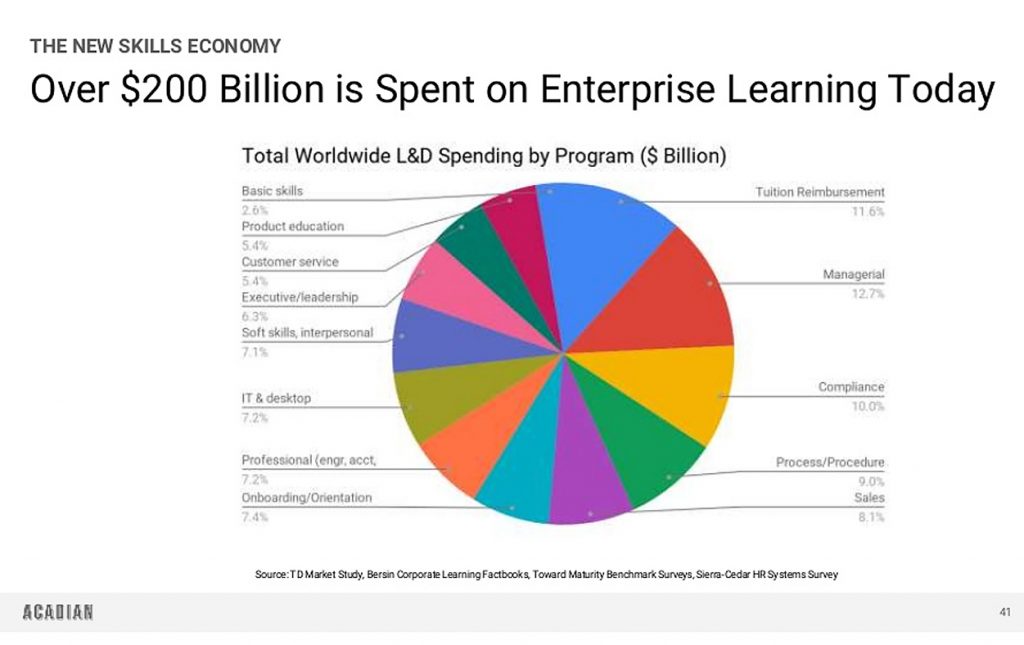
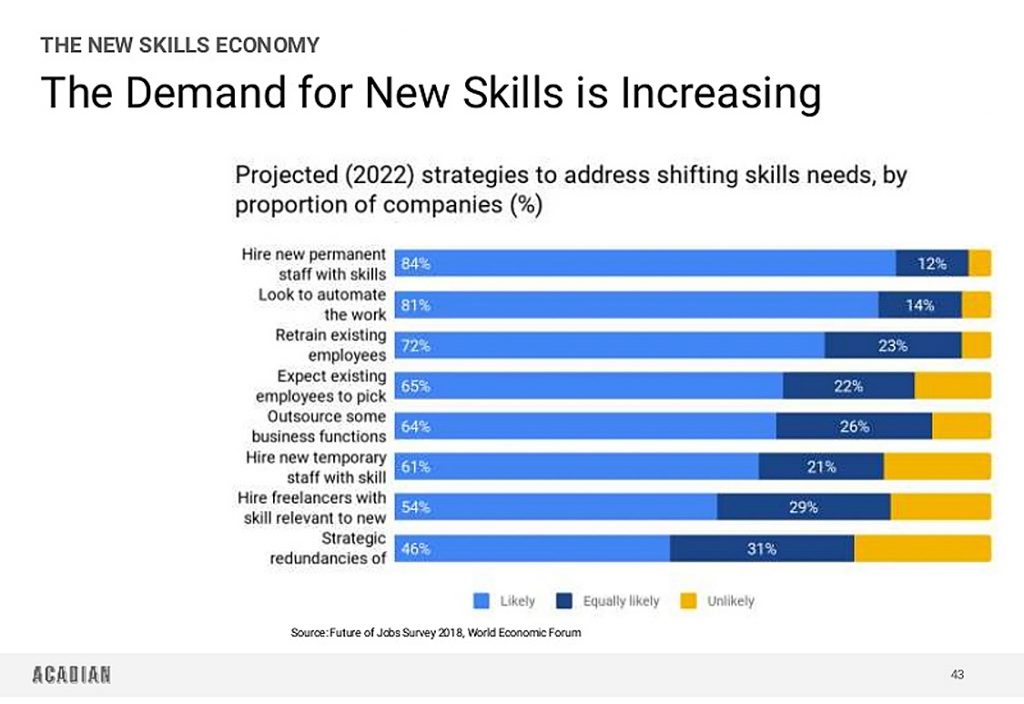

![The Living [Class] Room -- by Daniel Christian -- July 2012 -- a second device used in conjunction with a Smart/Connected TV](http://danielschristian.com/learning-ecosystems/wp-content/uploads/2012/07/The-Living-Class-Room-Daniel-S-Christian-July-2012.jpg)

